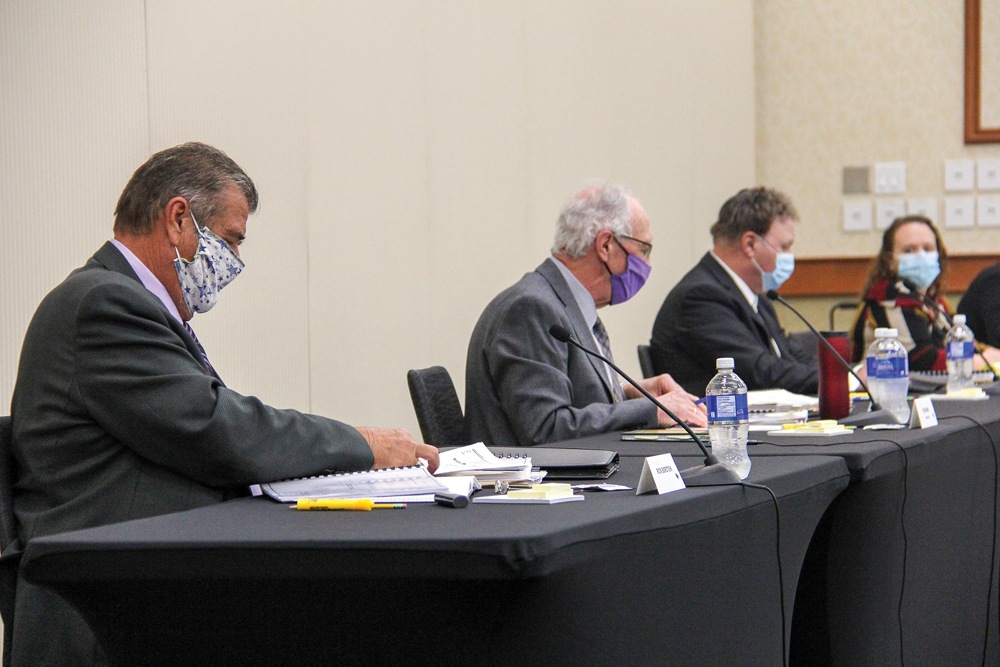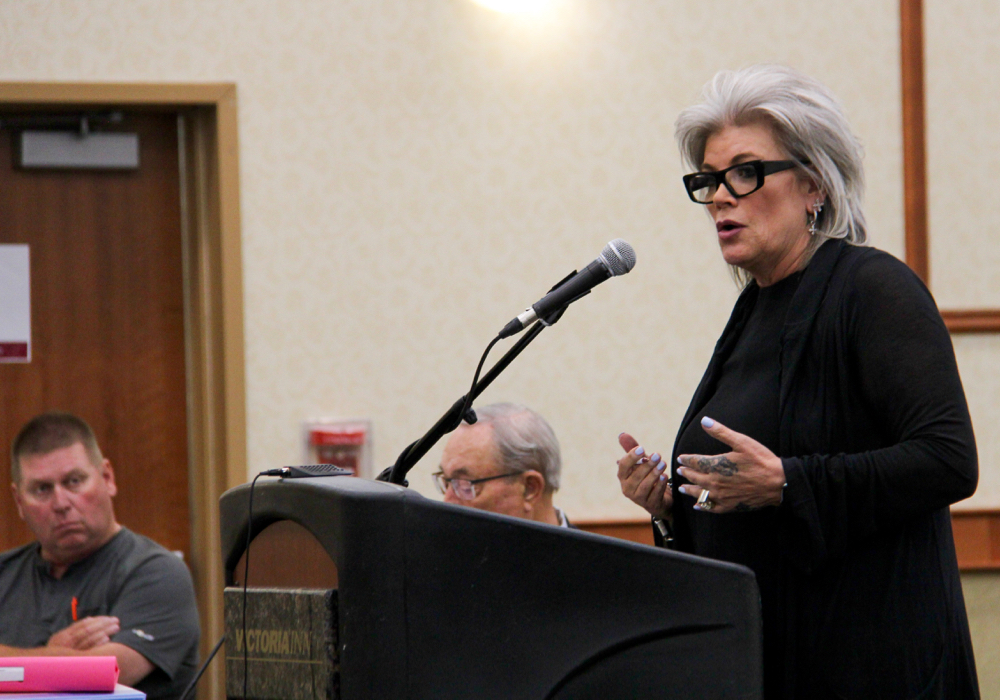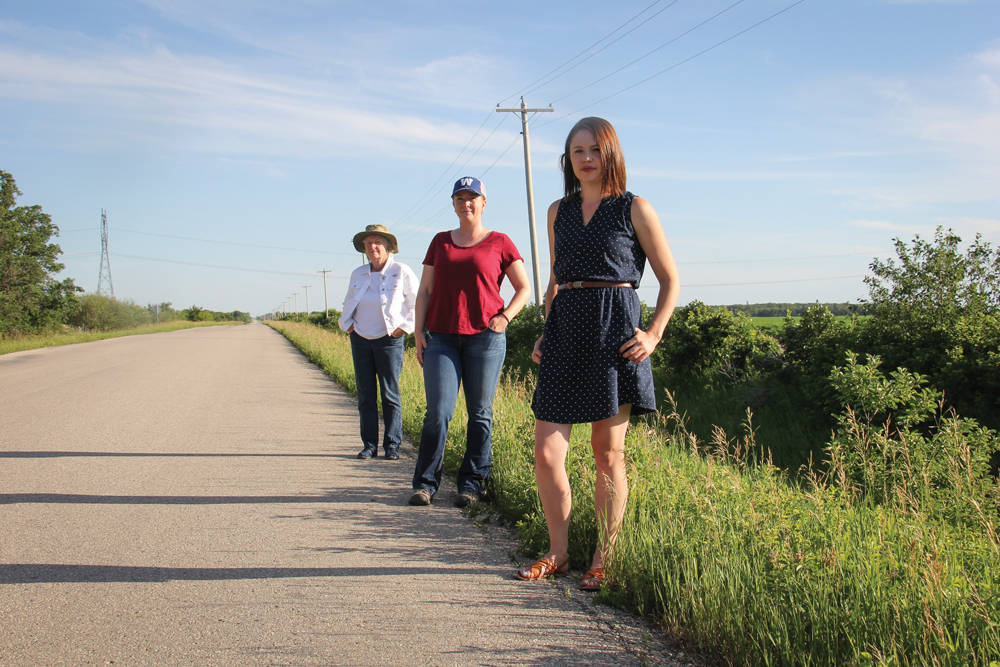An element of ready-to-move (RTM) construction that’s garnering more attention recently is the lower levels of waste generated by this type of build.
Those close to the industry say that it’s increasingly becoming a larger selling point for the RTM homeowner.
“With the RTMs being built at one location within the factories, it really reduces the amount of waste created. Everything gets recycled,” said Jeff Enns, director of sales and marketing for Grandeur Housing of Winkler, Man. “The building of RTMs compared to a regular home build eliminates that much more waste because as the RTM moves around the factory, the unused pieces get thrown into recycling bins to be reused for other purposes. During a regular home build on site, this may not happen as much, as more unused or scrapped products can at times be simply thrown away.”
Read Also

Manitoba Ag Days 2026: Local businesses gear up for Brandon farm show
Most of agriculture is seemingly at Manitoba Ag Days each January: Manitoba agribusinesses and farm groups look forward to connecting with farmers at the 2026 show.
As of April 1, 2016, building codes require more insulation and energy-efficient walls than ever before. With the new energy codes, customers will save money on the heating and cooling of their new RTM.
“The RTMs are built to the same National Building Code that apply to all home builds,” said Enns. “They are built strong enough to endure transport which allows the customer the extra satisfaction of knowing they will be receiving an extremely strong-structured home.”
- Read more: Ready-to-move cottages growing in popularity
John Penner of Penner Builders of Cartwright, Manitoba agrees and also points out the RTM buildings feature energy-efficient insulation design.
“By placing Styrofoam over all the studs, this also gives a thermal break to the wall studs,” said Penner. “The Styrofoam will not allow warm or cool air to transfer throughout the home as quickly, making the home much more efficient.”
Grandeur Housing builds all of its RTMs in an indoor facility. Enns says this prevents exposure to weather conditions that could potentially damage the home during the construction phase. He noted that this indoor-building trend is common in the rest of Western Canada but is a new feature in Manitoba.
With that ability, RTMs are being built larger and with more unique designs. Newer and different rooflines allow customers to design the shape of the home that they have always wanted. RTM builders now offer the option of building a home with a garage that can be attached to form one building and shipped via the same truck.
“The options are so diverse now,” said Enns. “Recently we just finished a project that was 72,000 square feet. It was an apartment complex that housed 63 suites that we built indoors in our building factory.”
There are lots of exciting things going on in the RTM industry. Both Enns and Penner were quick to point out the advancement in interior design, where the customer has the ability to customize almost every centimetre of their RTM. When a greener outcome, built by a trusted builder and delivered to national code is factored in, many people are finding the RTM option is perfect for them.
“The advancements in RTMs have made them very predictable and trustworthy,” said Enns. “We have the ability at the point-of-sale to work out the exact plan for the customer. We are able to meet the desired specifications of the customer, schedule the construction time, set the price and delivery day with no overruns or delays.”















